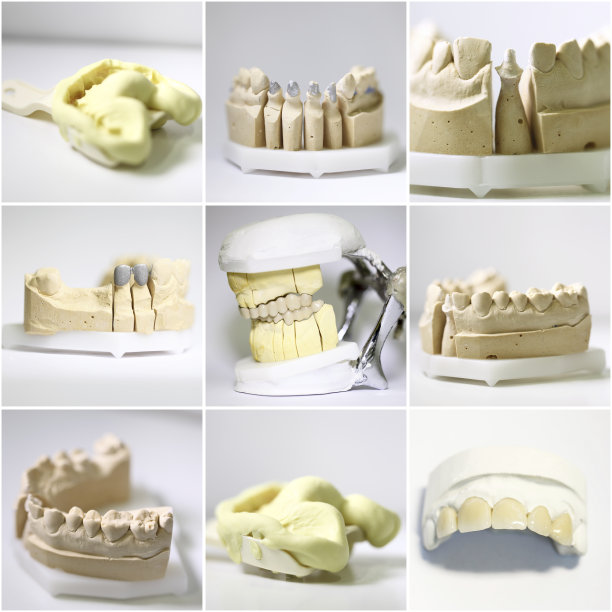Essential Precautions for a Successful Root Canal Treatment to Ensure Optimal Patient Safety and Health
Summary: Root canal treatment is a common dental procedure aimed at saving a tooth with an infected or inflamed pulp. However, to ensure optimal patient safety and health, several essential precautions must be taken. This article outlines four critical aspects: thorough patient assessment, proper sterilization techniques, effective pain management, and post-treatment care. By adhering to these precautions, dental professionals can enhance the success rate of root canal treatments while minimizing risks, leading to improved patient outcomes.
1. Thorough Patient Assessment Before Treatment

Conducting a comprehensive patient assessment is the cornerstone of successful root canal treatment. Before proceeding, dentists must gather extensive patient history, including any previous dental issues, current medications, and pre-existing health conditions. Understanding these factors is crucial to determine the appropriate treatment plan and avoid complications.
Additionally, thorough clinical examinations and imaging techniques like X-rays help identify the extent of infection and the condition of the surrounding teeth. This evaluation allows dentists to decide if a root canal is the best course of action or if alternative treatments should be considered.
Lastly, it is crucial to discuss the entire procedure with the patient. Patient education empowers individuals by providing them with information about what to expect during and after the treatment, thus reducing anxiety and fostering cooperation.
2. Proper Sterilization Techniques are Essential
In a dental practice, maintaining a sterile environment is paramount to preventing infections and complications. Proper sterilization techniques must be implemented for all instruments and tools that come into contact with the patient. Autoclaving instruments and using disposable materials when appropriate significantly minimize the risk of cross-contamination.
Moreover, the dentist and their staff should adhere to strict hand hygiene protocols before performing the procedure. Wearing gloves, masks, and other protective gear is essential to safeguard both the patient and dental professionals from potential pathogens.
Finally, the treatment area should be disinfected thoroughly before beginning the root canal. The overall cleanliness of both the equipment and environment directly impacts the safety of the procedure, underscoring the importance of rigorous sterilization practices.
3. Effective Pain Management Techniques
Managing pain effectively during and after the root canal treatment is essential for patient comfort and satisfaction. Local anesthesia is typically administered before the procedure begins to ensure that the patient remains pain-free throughout the treatment. Dentists must assess the effectiveness of the anesthesia before commencing to avoid any unnecessary discomfort.
Additional pain management strategies include the use of sedation techniques for anxious patients or those with dental phobias. Sedation helps to alleviate anxiety while ensuring that the patient remains relaxed and comfortable during the procedure.
Post-treatment pain management is equally important. Dentists should prescribe appropriate pain relief medications and provide students with clear instructions on when and how to take them. Following the treatment, ongoing communication can further aid the patient’s recovery and comfort, ensuring that any unexpected pain issues are addressed promptly.
4. Comprehensive Post-Treatment Care Recommendations
Post-treatment care is vital for ensuring optimal healing and recovery after a root canal procedure. Dentists should provide oral health instructions tailored to the patient’s individual needs. This guidance may include recommendations on diet, oral hygiene practices, and any necessary follow-up appointments.
Monitoring the patient’s recovery is crucial. Dentists should schedule follow-up visits to assess healing and address any complications that may arise. Early intervention can significantly reduce the risk of further issues, such as reinfection or treatment failure.
Lastly, fostering open communication with patients about their recovery and any signs of complications—including pain, swelling, or fever—can lead to prompt care and successful outcomes after root canal treatment. Ensuring that patients feel supported throughout their recovery enhances their overall experience and satisfaction.
Summary: In summary, successful root canal treatments rely heavily on essential precautions that prioritize patient safety and health. Thorough patient assessment, stringent sterilization techniques, effective pain management, and comprehensive post-treatment care contribute significantly to positive outcomes. By prioritizing these factors, dental professionals can not only enhance the success rate of the procedure but also ensure a comfortable and reassuring experience for their patients.
This article is compiled by Vickong Dental and the content is for reference only.



